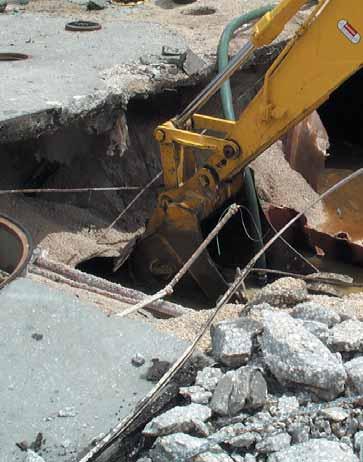
3 minute read
Press Releases
By Ernest Roggelin State of Florida Regulator
Let me preface this summary by informing you that West Central Florida has the sobriquet of “Lightning Capital of the USA.” On June 28, 2005 an early evening intense rain and lightning storm delivered a lightning strike to the canopy of a Circle K convenience store in Pinellas Park, Florida.
Advertisement
The station had three single wall fiberglass underground storage tanks. The 10,000-gallon USTs contained diesel, regular unleaded gasoline, and premium unleaded gasoline. The vents for this station are located within the canopy structure.
Based on observers present at the station the following initial sequence of events took place: • The tank pad rose between 3-5 feet (The pad is 36 x 40 x 1 feet of reinforced concrete, with an
approximate weight of 63 US tons). The pad partially slumped into the tank excavation. A subsurface
explosion would support this
movement.
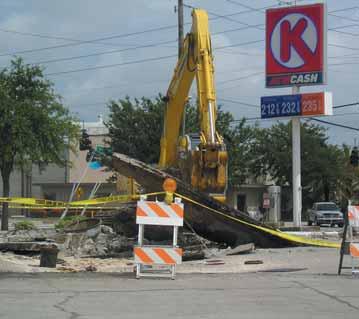
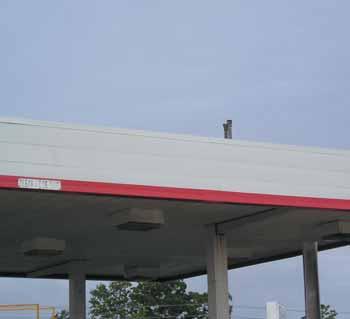
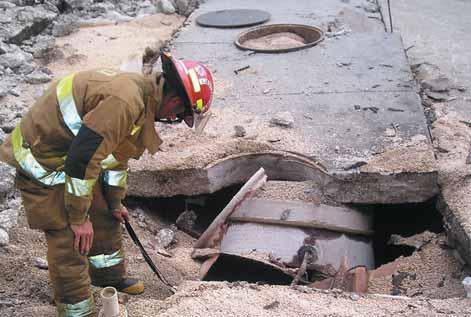
• There was a flash fire on the surface of the pad.
• A 36-inch circular sump traffic lid was blown 60-70 feet into the air, and sliced down through the canopy.
• A customer dispensing fuel into their vehicle immediately drove off – disconnecting the nozzle at the breakaway fitting.
It has been theorized that the lightning strike delivered a spark to the vapor near the dual atmospheric vents. (The diesel and premium are together, and the regular is separate). The spark followed a vapor trail back to at least the premium unleaded tank. At the time of the event the premium tank (9816-g actual volume) contained approximately 3000-g of product; and the diesel contained approximately 5800-g. Later estimates of combined 9,300-g in tanks.
Initial response was by elements of the Pinellas Park Fire Department, Pinellas County Hazmat, Bureau of

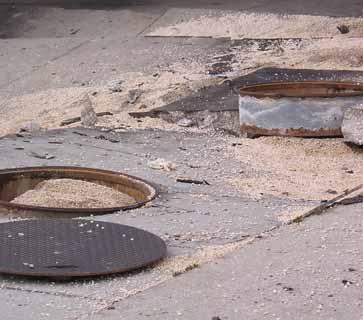
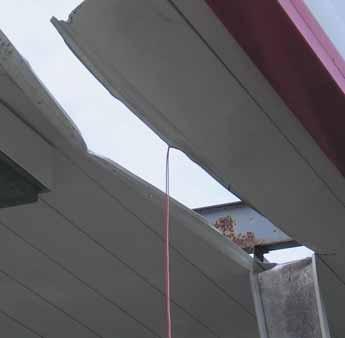
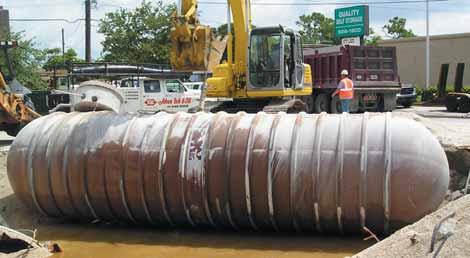
Emergency Response, and representatives of Circle K. Circle K’s construction manager, Daryl Gottilla, and their remediation manager, Alan Cubberley, provided direction throughout the initial and following days. Circle K was proactive in their response fully meeting the FL Department of Environmental Protection’s “contain, remove, abate” criteria following a discharge event. Circle K arranged for a 20,000-g fractank to transfer the contents of the regular tank into and to begin vacuum truck (SWS & US Filter) removal of free product from the groundwater surface. The depth to groundwater is 5-feet at this location. The tanks were installed within a crushed rock backfill material. Circle K’s consultant, Environmental Compliance Services installed observation wells outside the concrete perimeter. Adams Tank & Lift, a Pollutant Storage System Contractor, began securing the station equipment.
On June 29th – efforts to recover additional free product took place. Adams Tank removed a portion of the pad above the turbine enclosures and extracted the submerged pump units. The removal of the slab sections allowed the observation that the center portions of premium and diesel tanks between the turbine sumps and the opposite end-cap were “missing” above the groundwater level (about 25-feet). The Pinellas Park Fire Dept positioned an engine and two firefighters with foam at the facility. Frequent monitoring of
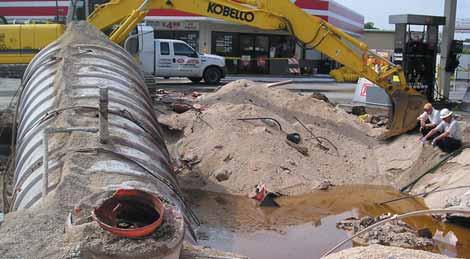
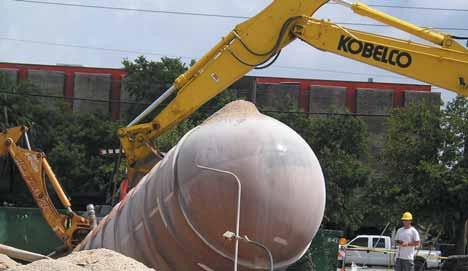
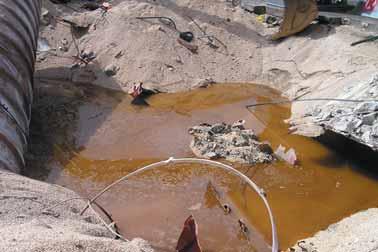
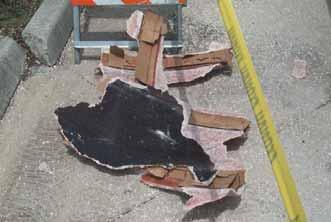
LEL took place. The weather was hot and humid with little wind to disperse the strong vapor presence. Later in the day, the complete removal of the concrete pad took place.
On June 30th – the regular unleaded tank was exposed and removed intact from the excavation. A well drilling contractor was onsite to install permanent and temporary wells. Scraps of remaining tanks removed by trackhoe.
On July 1st – contractor backfilling excavation with clean fill material, along with placement of four 6-inch product recovery
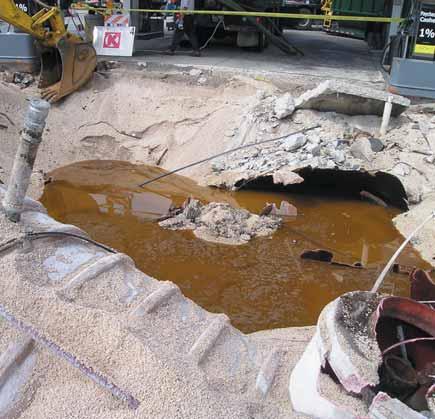
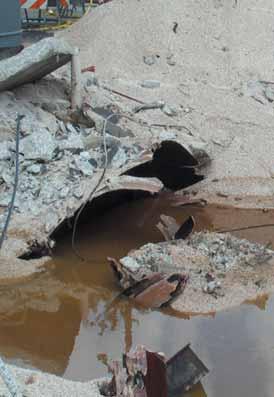
wells. During the cleanup of the concrete and steel rebar scrap, sparks from a quick-cut saw ignited crushed fiberglass tank parts in the construction dumpster necessitating a visit by the Fire Department.
Facility will be re-built within next 3-4 months.

